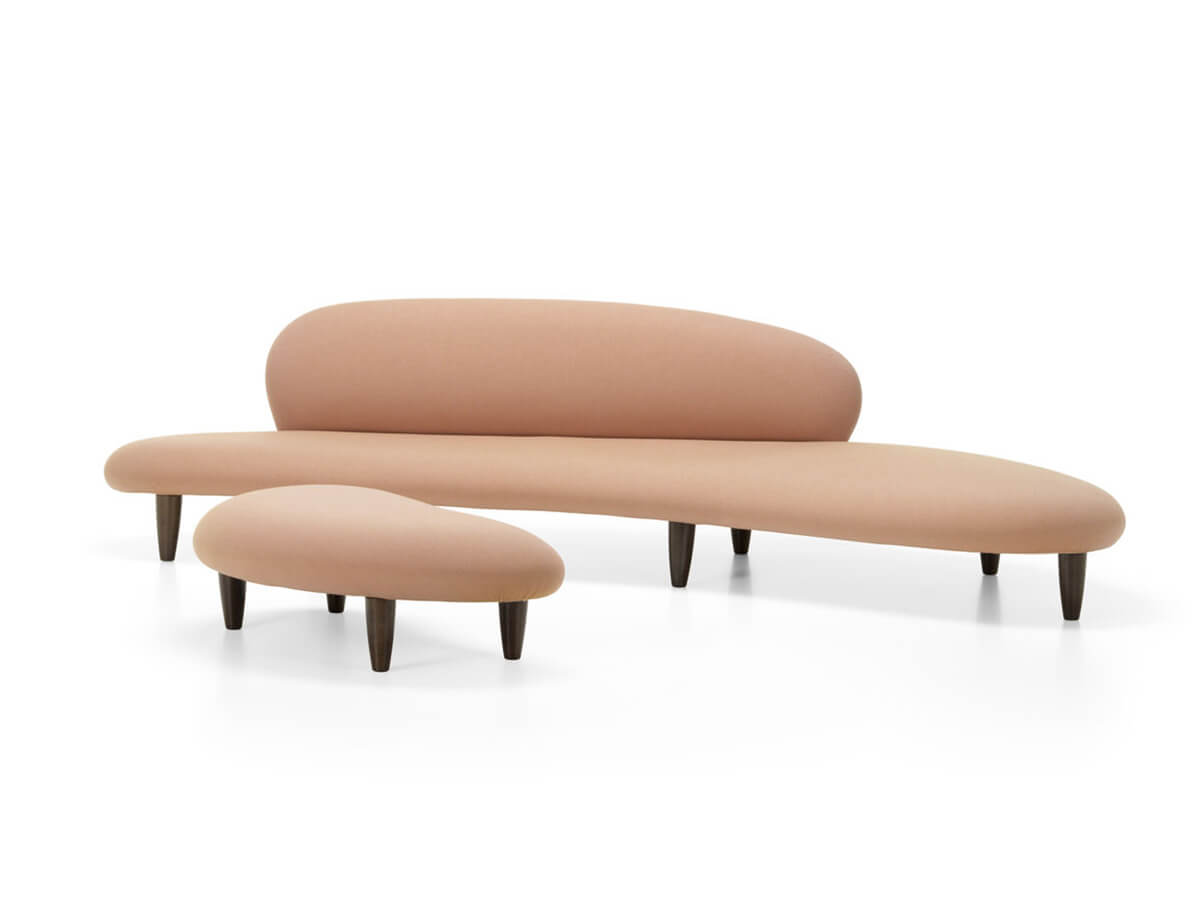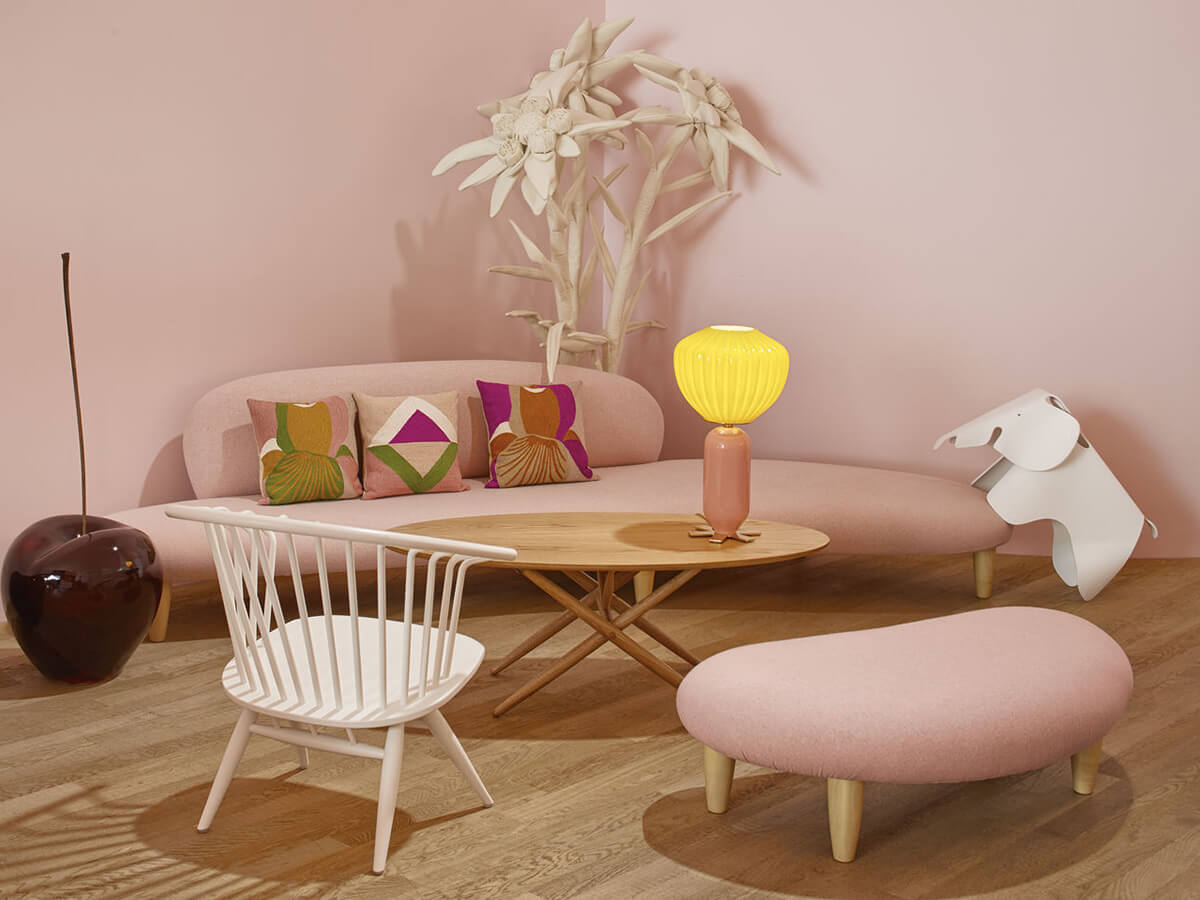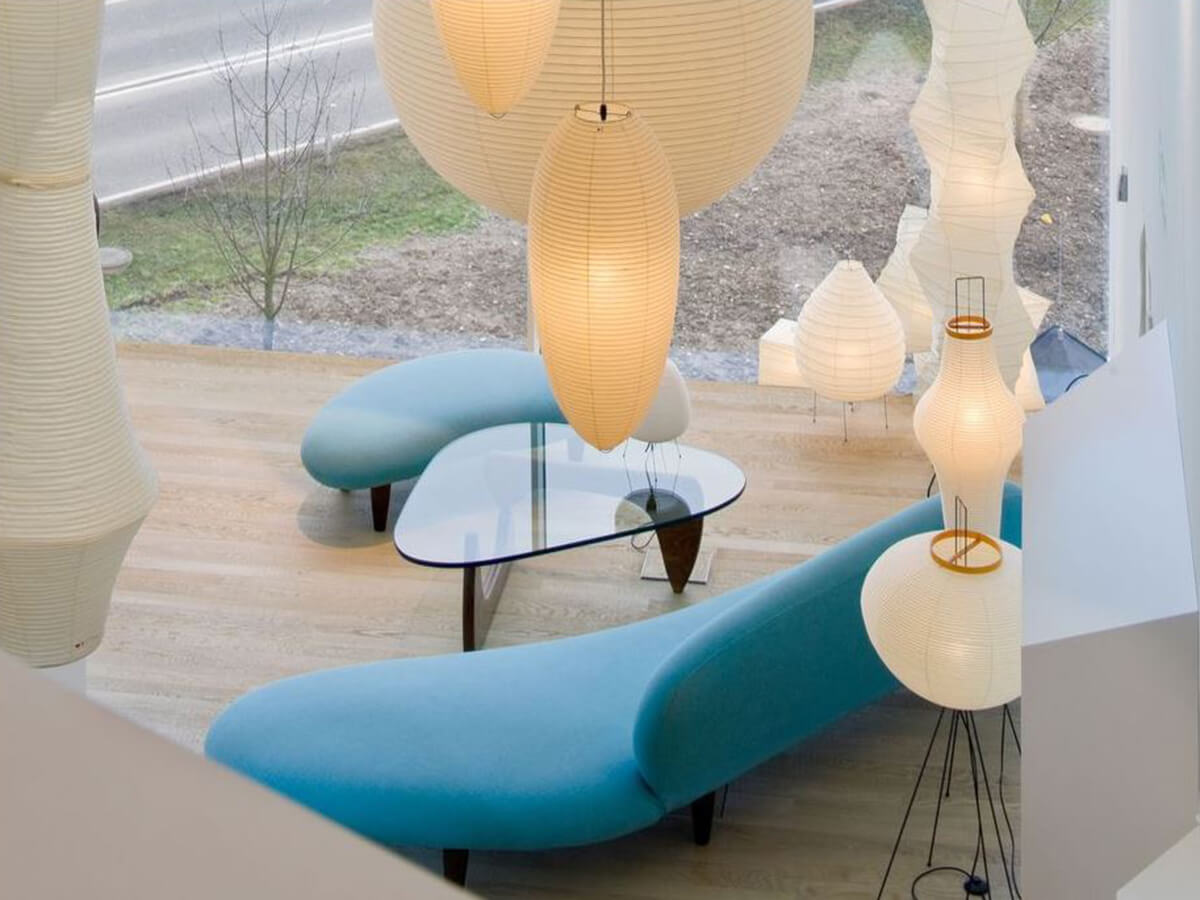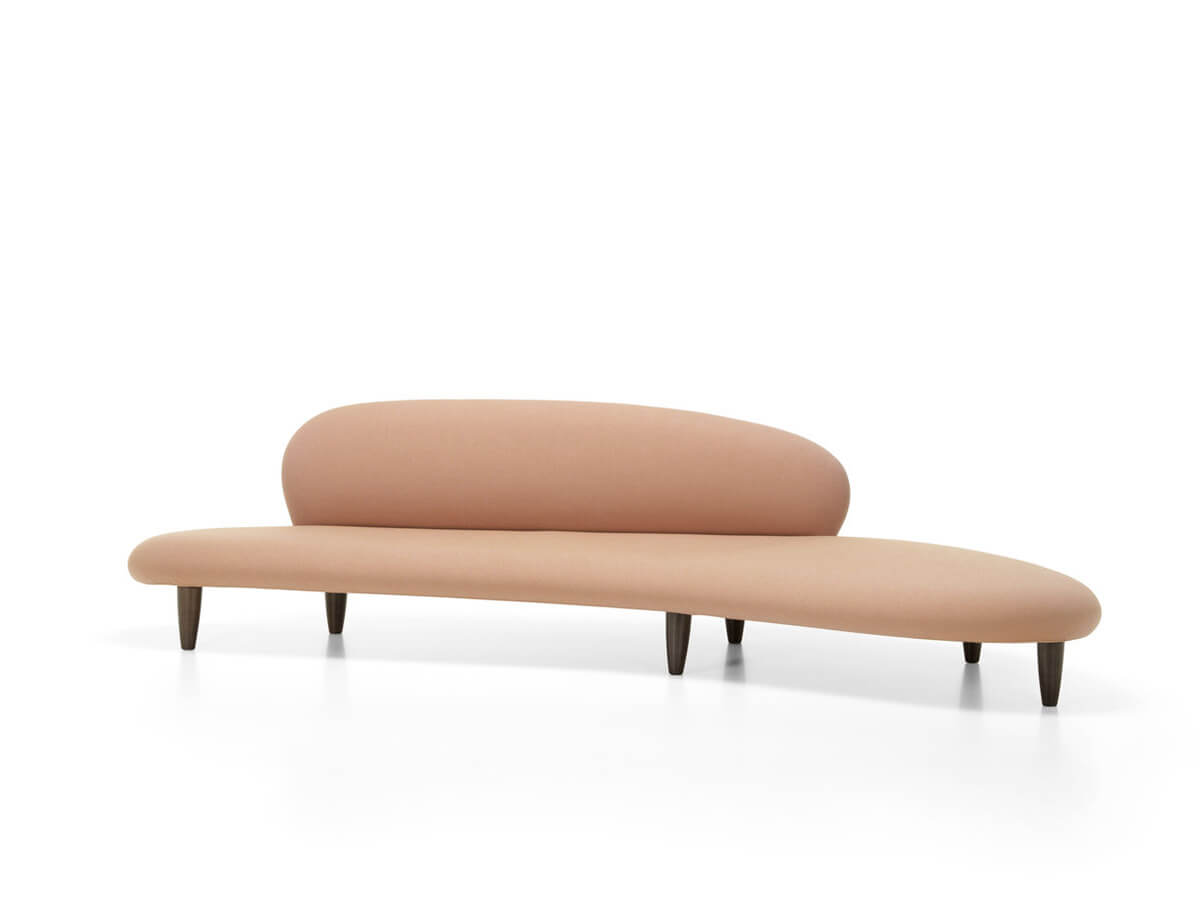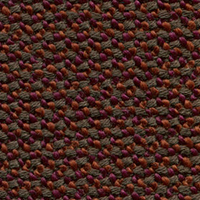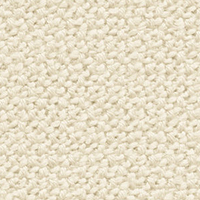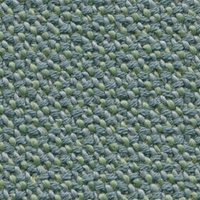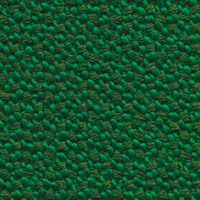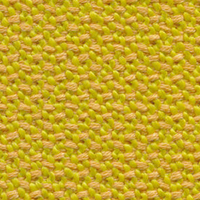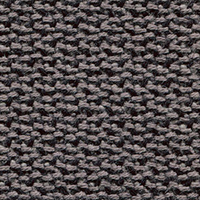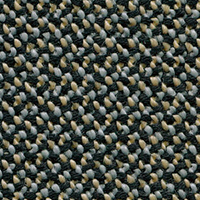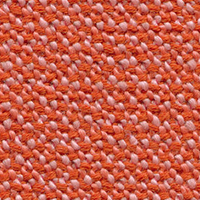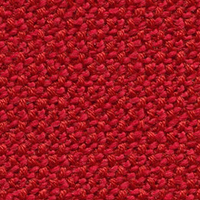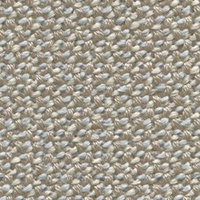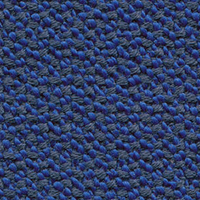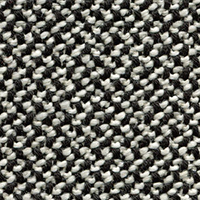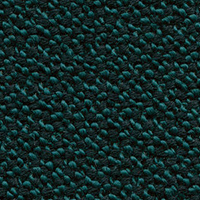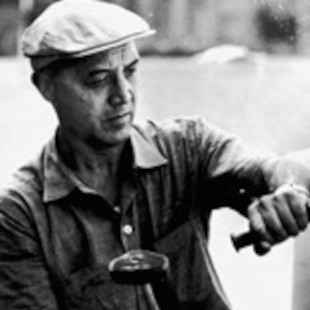Vitra
Freeform Sofa
With Ottoman
Price € 13.240,00
A voice out of the chorus compared to the current paradigm. In the year of its design, 1946, Freeform aroused great interest for its soft and rounded shapes, made to recall the flat pebbles that children usually throw on the surface of the water to make them bounce. Isamu Noguchi designs this model paying particular attention to these organic, fluid and harmonious shapes further enriched by the small solid maple legs created to give a sense of suspension from the ground. The padding of the elements, thin and comfortable, highlights the lightness of the sofa produced in a limited edition around the 1950s. Reintroduced later by the Vitra Design Museum as an authentic re-edition, it is now perfectly suited to private living spaces, as well as to public and convivial areas. Among the variants we mention the version with and without pouf.
W.300 x D.130 x H.72 cm
Seat Height 32 cm
W.120 x D.71 x H.32 cm
Salvioni Design Solutions delivers all around the world. The assembly service is also available by our teams of specialized workers.
Each product is tailor-made for the personal taste and indications of the customer in a customized finish and that is why the production time may vary according to the chosen product.
To discover the full range of services available, visit our delivery page.
Suggested versions (2)
Personalize your request
Upholstery
Select
The colors displayed, for technical reasons, are indicative and may differ from the actual finish. The price may vary in relation to the category / finish chosen. Contact us to receive a personalized quotation.
Cat. F120 Credo
Legs
Select
Select
Swiss by birth, Vitra is a unique company in many ways. Unique in its home collections, light and colorful; unique in its office furnishings, which combine in a masterful implementation design and ergonomics; unique for the designer parterre that enriches its catalog. Among prestigious historical re-enactments and fruitful collaborations, Vitra has always had the ability to relive the past and project to the future. However, Vitra is unique above all for Rolf Fehlbaum's corporate address, where the company transcends the business to fulfill wider social and cultural functions: the creation of a unique project such as Vitra Campus and the annexed Vitra Design Museum is an example.Read more
Designed by
Isamu Noguchi
Isamu Noguchi (1904-1988) was a multifaceted artist whose work stands as a bridge between East and West. He himself embodies with his story the fusion of two cultures: he is in fact the illegitimate son of the famous Japanese poet Yone Noguchi and of the American writer Léonie Gilmour, born in the USA but raised in Japan, active throughout his life in both countries. After his studies at the Vinci Art School in New York he moved to Paris, where he became Constantin Brancusi's assistant and remained imbued with the bohemian atmosphere that characterized the artistic circles of the French capital. His sculptures, monumental and with strong plastic values, found positions in important public spaces. He has made use of the rich heritage of Japanese art several times in his career, such as the Zen gardens designed for the UNESCO palace in Paris or the tradition of paper lanterns, revisited in a modernized version in the Akari lamp collection. His work as a designer has left an important mark on American design culture, through large-scale works designed for Herman Miller and Knoll and revived by Vitra. He was also an appreciated theatrical set designer.Read more
